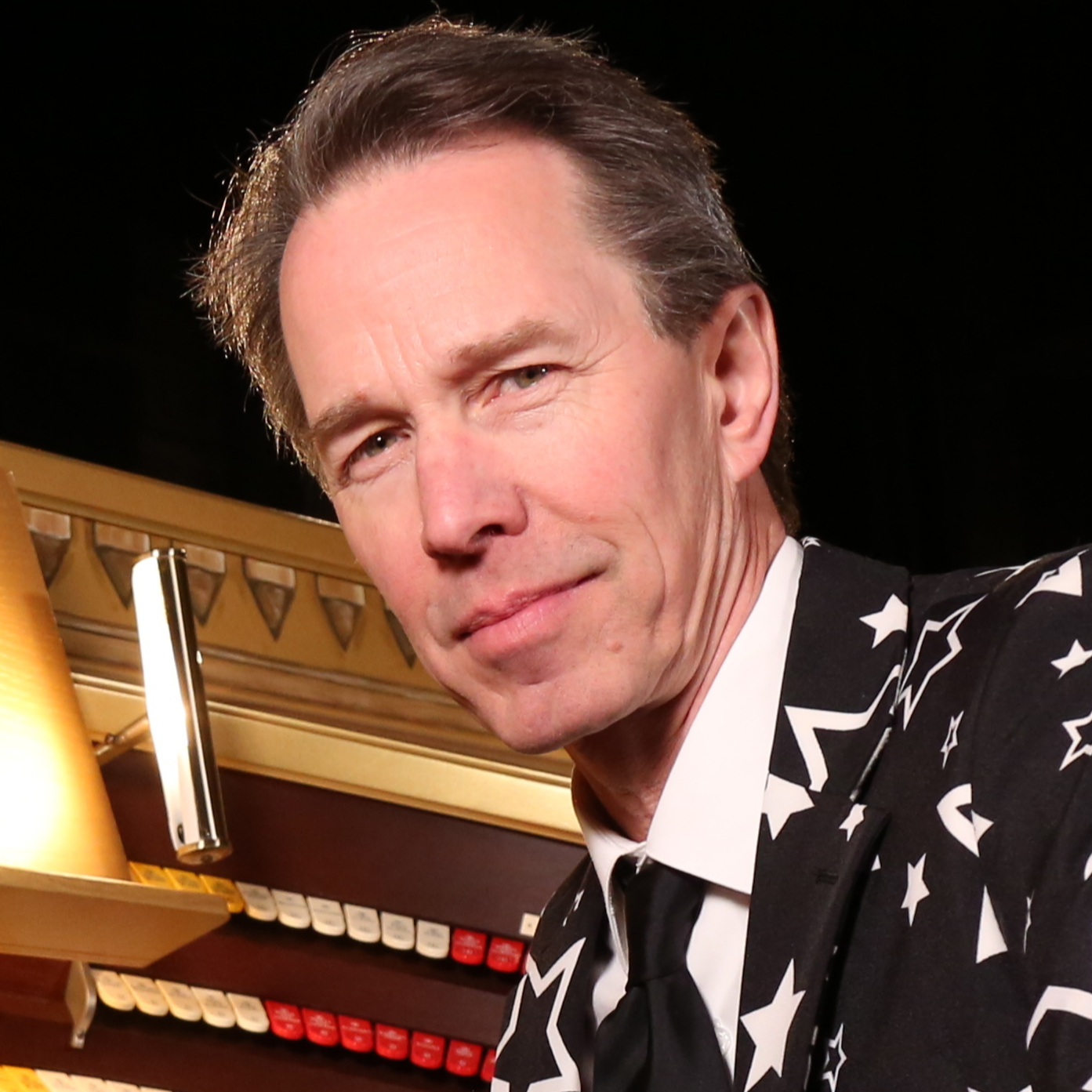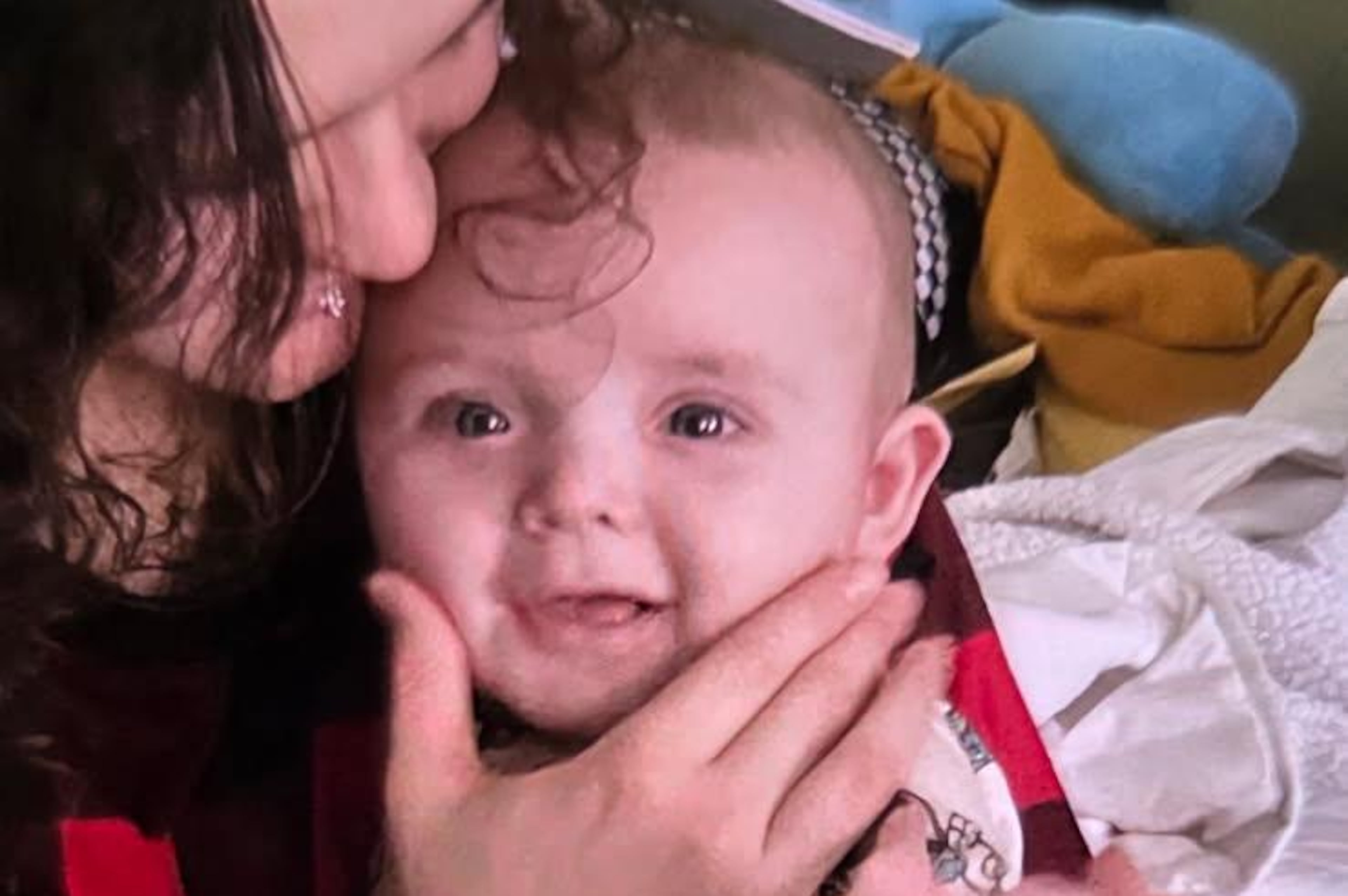Pat Conroy: look homeward, angel
I've slept with some interesting people. Pat Conroy is in the top five.
The novelist did not wake up happy. I can see his bloodshot eyes, peering out through a crack between the linens and the pillows, and I can hear his desperate croaking plea: “Aspirin.”
I went in search of medication. Out in the hallways of the Los Angeles hotel were other members of our wedding party — my cousin’s cousin, Bryan Cumming, was getting married to Amy Weston.
It was 1979, I was 24 and writing for the Greenwood (S.C.) Index-Journal at a salary that was barely out of four figures. So I didn't mind sharing a room. And I was particularly happy to share it with Pat Conroy, who was at that moment probably the funniest person in L.A.
He was an old friend of Bryan’s parents, Joe and Emily Cumming. They met when Pat was fired from his teaching job on Daufuskie Island in 1968, and Joe, the Newsweek bureau chief, traveled to South Carolina to interview him. (Pat would go on to write about Daufuskie in “The Water is Wide.”)
Pat had written part of “The Great Santini” (published in 1976) at Emily and Joe’s cabin in the mountains near Jasper, and the book had done well, but hadn’t made him a star. That was yet to come. In 1979 the movie version of “Santini” came out. It featured, in a strange coincidence, my high school classmate and friend, Michael “Ray” O’Keefe, as the protagonist, Ben, essentially the young Pat Conroy.
These were the things we talked about on the way to the rehearsal dinner, which was to be hosted by a friend of the Westons’ in a posh Bel Air house.
The Westons, I would find out, were Hollywood royalty. Amy was the daughter of Jo Stafford and Paul Weston — Jo, one of the great jazz singers of all time, and Paul, the former music director at Capitol and founder of the Grammys.
I had my trumpet with me. This was going to be a stem-winding musical throw-down, and I was ecstatic to be along. Pat, who was suffering from a migraine, was less ecstatic, but still in good form.
As I drove the rental car to the dinner, we cruised through the curving streets of the most expensive real estate in the civilized world, past remote-controlled wrought-iron gates, hissing lawns and marble statuary. It was like Habersham Drive, but pricier.
I jerked the wheel to the right at one point, pretending to run over a turtle, one of the many obnoxious (but darkly funny) things that Col. Meecham does in “The Great Santini.” My parents, also in the car, were not amused.
Pat, the military brat, attended 11 different schools, finally landing in Beaufort, S.C. His sleeping quarters were often quonset-hut primitive, and usually shared with one or more of his four brothers. They slept in unheated basements in Omaha and screen porches in Florida where the rain came right in.
Looking at the Bel Air grandeur around him, Pat spoke up to the others in the car. “Ladies and gentlemen, I have an announcement to make: I’m not going to be a weenie anymore.”
Of course, he became one of the most successful novelists in the world, but it didn't happen right away. He used to joke that you could fire off a pistol at his book-signings and not cause any casualties. In 1983 I went to such an event at the downtown Rich's in Atlanta, pegged (I think) to the release of the movie version of "The Lords of Discipline," and I didn't have to wait in line.
But Pat was unfailingly polite and entertaining to buyers who eventually showed up. He figured out how to connect with each customer.
“You might remember my son George, who was at the Citadel too,” said one fan.
“I think I do,” said Pat, with an evil twinkle in his eye. “Good old Chicken George.”
I was on hand when Pat spoke at a strange demonstration protesting the departure of former AJC editor Bill Kovach, who had resigned abruptly in 1988. Conroy felt that the ouster augured dark days in Southern journalism. At the podium he railed against AJC columnist Lewis Grizzard, who represented (to Pat) the forces that conspired against the crusading editor.
“In the great game of literature Lewis Grizzard isn’t on the field,” I remember him saying; “he’s not even in the stands; he’s down in the basement of the stadium, changing the urinal pucks in the restrooms.”
The point here: Pat was combative. He was a formidable friend but he would go medieval on his enemies.
None of that has anything to do with the life-changing novels he summoned up out of his outsize ability and his own bone and blood. Pat created great sprawling messy worlds, and having the chance to visit those worlds could give a person hope for humanity and the power of story-telling.
I was tangential to his circle, but he always made me feel as if I was somebody worth noticing. Every time I interviewed him, he encouraged my writing aspirations, and even though I consistently failed to live up to those aspirations, his encouragement was a balm.
I conducted an email exchange with Michael O'Keefe when I was writing about Pat's last book, "The Death of Santini," and Michael wrote about how much the book, the movie and Pat's friendship had meant to him.
“Without ‘Santini’ my life as actor would never have had any of the depth, or at least, nothing like the depth it has now,” Michael wrote. “People still reference the film and that is continually gratifying.”
He went on: “Pat and I both know the conflict of loving a father who’s primary characteristic is brute force. And because of that we were driven into the arts to find a way to express ourselves. It would be no exaggeration to say I love Pat as much as anyone I have ever loved.”
Pat Conroy not only expressed himself, he found a way to heal himself, and to offer that possibility to others. His death impoverishes us — it steals the books he had yet to write and the antic spirit that lit up the world around him. But his life made us richer, and that wealth endures.



